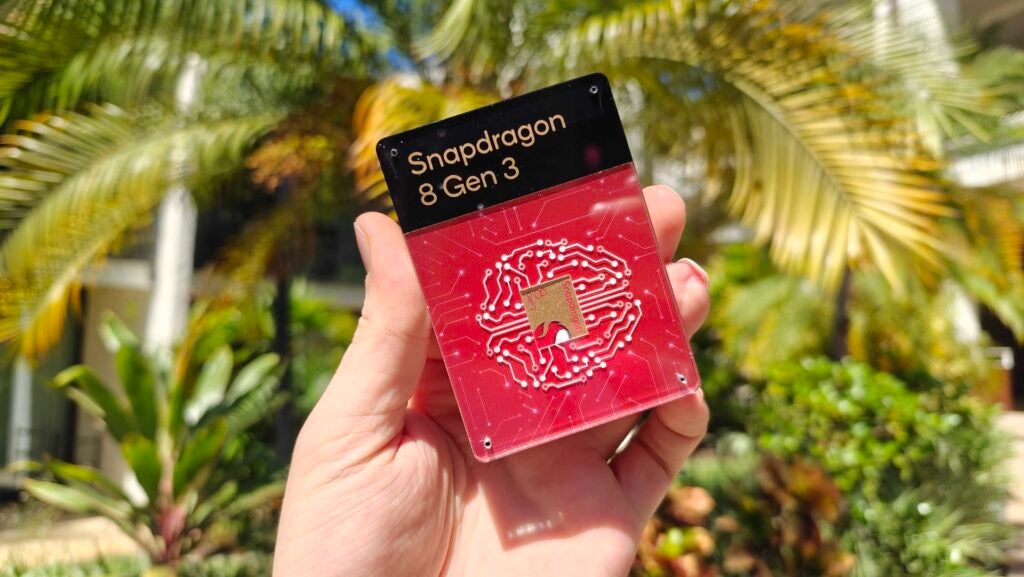OPINION: Chip maker MediaTek has gone from strength to strength in recent years.
After a failed attempt at breaking into the flagship market with its Helio chipset in the 2010s, the company has seemingly cracked it with recent iterations of its top-end Dimensity 9000 series, culminating in the announcement of the Dimensity 9400 earlier this week – and it’s an absolute processing beast.
It marks a return of the All-Big-Core design first introduced with last year’s Dimensity 9300 chipset, once again on a 3nm process, though it’s a new generation of TSMC’s 3nm process for boosted performance and efficiency compared to last year’s 3nm chipset.
MediaTek claims that the new chipset delivers a 40% more efficient experience, thanks not only to an eighth-gen NPU with both Performance and Flexible cores that improve the efficiency of AI tasks, but also a more efficient CPU and GPU.
In fact, MediaTek boasts that the GPU is an impressive 44% more efficient than that of the Dimensity 9300, which should translate to much longer gaming sessions before reaching for a charger.
There are also significant gains in the processing department, an area where MediaTek was already leading the charge with the Dimensity 9300. However, with a 35% boost to single-core performance and 28% to multi-core performance, users can look forward to even more power this time around.


Early Geekbench testing of an engineering sample shows Geekbench 6 scores of 3055 in single-core and 9600 in multi-core benchmarking.
For reference, the highest performing Snapdragon 8 Gen 3-equipped smartphone we’ve used is the RedMagic 9S Pro, delivering 2277 and 7097 respectively in Geekbench 6 tests, while the A18 Pro within Apple’s top-end iPhone 16 Pro Max offers 3338 and 8167.
The big catch
If MediaTek’s benchmark scores are on the money, it could be leading the pack in terms of processing power – as things currently stand, anyway.
The big catch here is that Qualcomm is going to reveal its latest chipset very soon, and it could leave the Dimensity 9400 in the rearview mirror.
At last year’s Snapdragon Summit, Qualcomm teased that the Oryon CPU architecture of its laptop-focused Snapdragon X Elite would be coming to its mobile chipset in late 2024, dubbed the Snapdragon 8 Gen 4 – a claim that was once again reiterated by Snapdragon CMO Don McGuire at MWC earlier in 2024. Considering the impressive performance of Qualcomm’s chipset, that would signify huge performance gains for the next mobile chipset.
That has been backed up by comments from the likes of OnePlus China President, Louis Lee, who teased on Weibo in early September that the next OnePlus flagship smartphone – assumed to be the OnePlus 13 – will deliver “epoch-making” levels of performance.
It’s not just marketing hyperbole either; leaked OnePlus 13 Geekbench 6 benchmark tests seem to confirm a massive upgrade in the processing department, scoring 3216 and 10,051 respectively in the single- and multi-core tests.


If true, the Snapdragon 8 Gen 4 could not only beat the Dimensity 9400, but Apple’s top-end A18 Pro – and that hasn’t happened before. It’s an exhilarating time for Android fans, potentially no longer playing second fiddle to Apple’s superior A-series chipsets.
Of course, there’s more to chipsets than pure processing power; the Dimensity 9400, for example, has a focus on what MediaTek calls ‘Agentic AI’. It’s essentially providing the framework for developers to create more useful ‘AI agents’ on MediaTek devices, taking input, figuring out what you want to do on your device and doing that on your behalf.
MediaTek was coy on giving specific examples of what this could mean for upcoming 9400-equipped devices, but it did say that smartphone manufacturers are taking full advantage of the Agentic Engine with their upcoming releases, so we might not have to wait too long to find out.
There’s every possibility that Qualcomm also has some kind of second-gen AI trick up its sleeve, but with the chipset yet to be announced, it’s hard to say for sure.
What I am confident about, however, is that 2025 Android flagships are about to get a whole lot more powerful – and I can’t wait.




